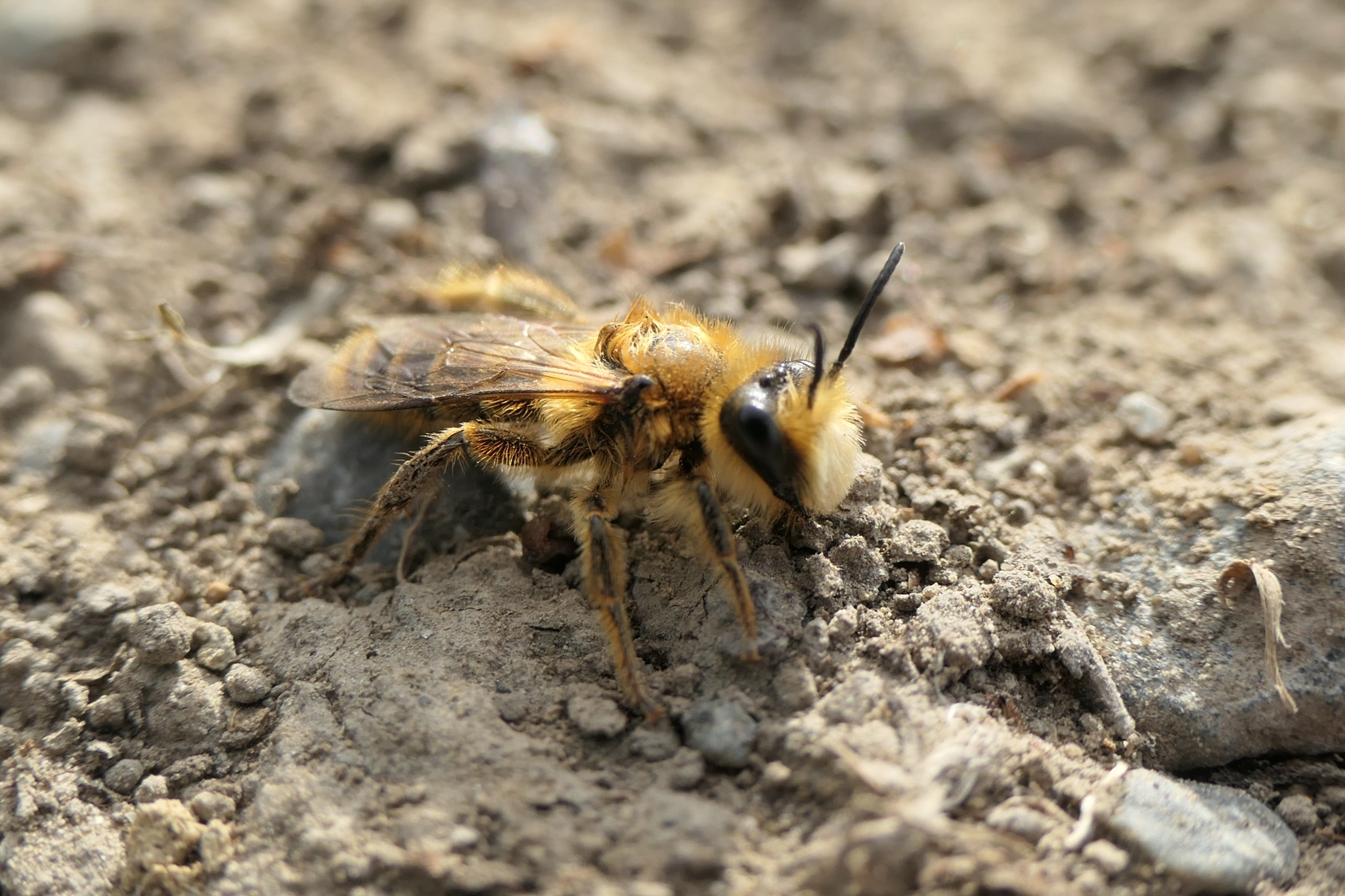Expert Reaction
These comments have been collated by the Science Media Centre to provide a variety of expert perspectives on this issue. Feel free to use these quotes in your stories. Views expressed are the personal opinions of the experts named. They do not represent the views of the SMC or any other organisation unless specifically stated.
Zhuali Lim, MSc student in the Department of Zoology, University of Otago, and lead author of this study, comments:
New Zealand has 27 native solitary bee species. Unlike honeybees, they forage and build nests independently. Native bees make nesting tunnels in loose soil or use plant material to build nests.
"Despite having small population densities, they are vital for pollinating native plants and agricultural crops. However, there is little knowledge about native solitary bees in New Zealand.
"Our research focused on observing the foraging and nesting behaviours of three native bee species in Dunedin. We employed video cameras to observe their behaviours at their nesting site.
"Two species foraged longer and more frequently during the morning compared to midday and the afternoon, averaging about 24 minutes per trip. The third species foraged at least one hour. Furthermore, all three native bees spent similar lengths of nesting time between foraging trips throughout the day.
"Interestingly, we observed multiple inividuals of one species (Lasioglossum sordidum) sharing one nesting tunnel, indicating primitive colony-like behaviour.
"Our findings contribute to a better understanding of their behavioural ecology, but more research is needed to aid future conservation efforts.
"Our study was made possible through the wonderful support from Department of Zoology from
University of Otago, Dunedin Botanical Gardens, Tūhura Otago Museum and Dunedin City
Council.
Multimedia





 New Zealand
New Zealand


